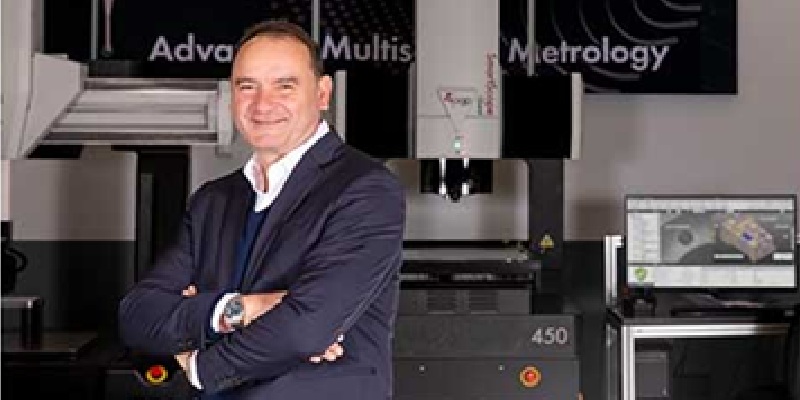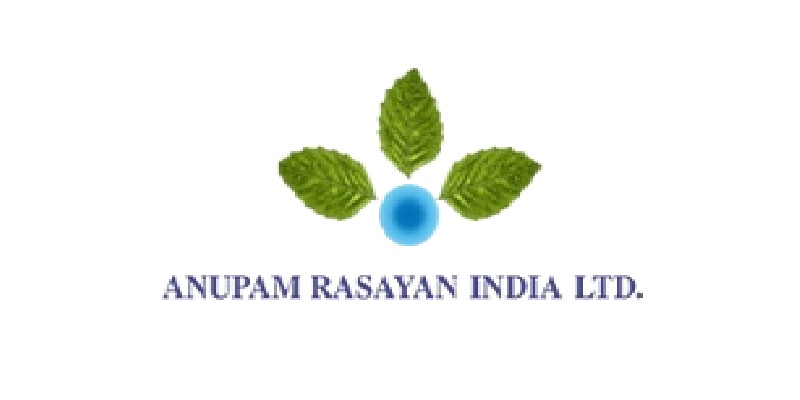Schedule a Call Back
Quality and Innovation Management
 Articles
Articles- Dec 06,22

Related Stories

OGP Appoints Panos Angelopoulos as President, Global Sales to Drive Growth
OGP has appointed Panos T Angelopoulos as President, Global Sales, as the company advances its next phase of optical and multisensor metrology innovation.
Read more
India’s Expanding Nuclear Ambitions and the Emerging Market for Small Reactors
As India’s Vision 2047 sets a target of 100 GW of nuclear capacity, the government is shifting to distributed nuclear generation by deploying smaller reactors across multiple locations, writes R J..
Read more
TTTI Students Claim Top Honours at Janatics Automation Skill Challenge 2025
Toyota Kirloskar Motor (TKM) announced that their Technical Training Institute (TTTI) students bagged the first and second positions at the prestigious Janatics Automation Skill Challenge 2025.
Read moreRelated Products

Automotive Oil Pump
Kalpak Auto Pvt Ltd offers a wide range of
automotive oil pump.
Tata Motors unveils facilities for development of Hydrogen propulsion tech
Tata Motors, India?s largest automobile company, unveiled two state-of-the-art & new-age R&D facilities for meeting its mission of offering sustainable mobility solutions. The unveilings constitute of Read more
Tata Motors plans petrol powertrain for Harrier and Safari SUVs
Tata Motors is in the process of developing a new petrol powertrain for its premium sports utility vehicles, the Harrier and Safari, as confirmed by a senior company official. Currently, these models Read more















